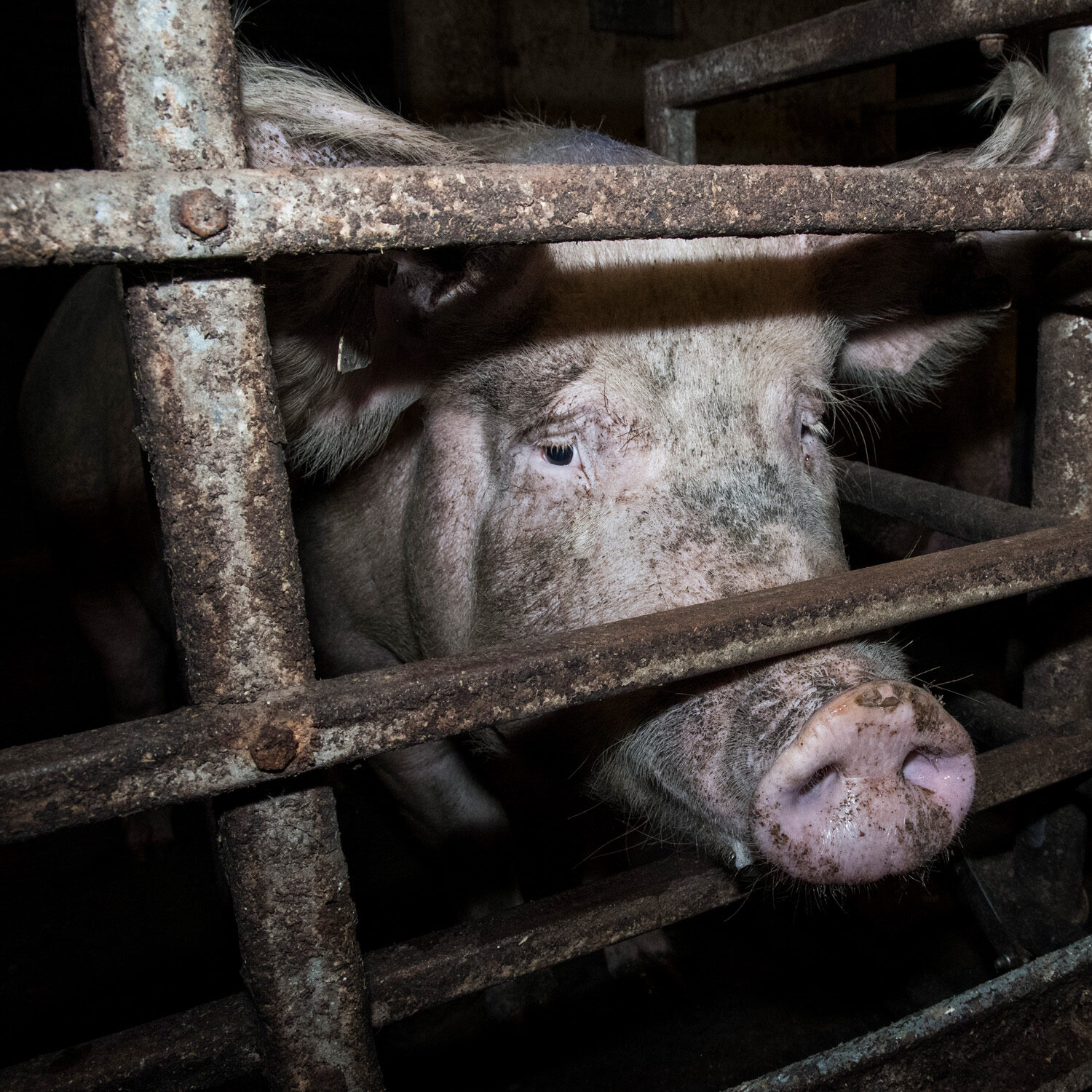Did you ever wonder what goes on behind the closed doors of factory farms? The truth may be more unsettling than you imagined. In an era where consumers increasingly prioritize transparency, the disturbing reality of animal cruelty within the agricultural industry remains shrouded in silence. From cramped living conditions to inhumane treatment, countless farm animals suffer in silence. Addressing these systemic issues is paramount if we are serious about stopping cruelty to farm animals. This article aims to expose these industry practices, while proposing actionable strategies for individuals and communities to challenge the status quo.
The modern agricultural industry operates under a paradigm that prizes efficiency and profit over ethical considerations. Cattle, pigs, chickens, and other farm animals are subjected to deplorable living conditions. These animals often live in overcrowded sheds, devoid of natural light, with limited access to outdoor spaces. Imagine a life spent in a space no larger than a small box, with little opportunity to roam or engage in natural behaviors. Such is the reality for many factory-farmed animals. Understanding these harsh realities is crucial, as ignorance only perpetuates the system.
The confinement systems employed in factory farming frequently involve practices such as gestation crates for pigs and battery cages for hens. These practices restrict movement to the point where the animals can barely turn around. The nutritional and physical deprivation leads to a multitude of health issues, including muscle atrophy and psychological disorders. In some cases, farmers resort to barbaric practices such as tail docking and debeaking, often performed without anesthesia. Such extreme measures reveal a desensitization to the suffering of sentient beings that cannot be justified.
These industry practices are not merely localized horrors; they have global implications. The factory farming phenomenon contributes significantly to environmental degradation and the proliferation of zoonotic diseases. High-density animal farming generates prodigious amounts of waste, leading to soil and water contamination. Furthermore, the more animals are confined together, the greater the risk of disease outbreaks, which can affect both livestock and human populations alike. To halt animal cruelty, we must confront these practices as interlinked with other global issues of health and sustainability.
So, what can individuals do to invoke change? One effective strategy is grassroots advocacy. Join or support organizations that focus on animal rights and welfare. These entities work tirelessly to expose the cruel practices of factory farming while promoting humane alternatives. They also engage in legislative lobbying that seeks to improve regulations around animal welfare. Join your local activist groups or start a petition that calls for better treatment of farm animals or the elimination of certain farming practices. Each small action contributes to the larger movement towards ethical treatment.
Another method involves conscious consumer choices. Understanding where your food comes from and the practices behind its production is vital in fostering ethical consumption. Purchasing from local farms that embrace humane treatment of animals or choosing plant-based alternatives helps reduce demand for factory-farmed products. Not only does this support ethical farming, but it also sends a clear message to corporations that consumers want accountable practices. This kind of economic power can lead to systemic improvements across the industry.
Moreover, raising awareness through social media and educational programs can have a profound impact. Share information about the reality of factory farming with your network. Create compelling content that highlights the stories of the animals affected and the dire circumstances they endure. Organizing workshops or public discussions at community centers and schools can educate individuals about the importance of animal welfare. The more people are informed, the more pressure can be exerted on the agricultural industry to reform its practices.
For those who feel overwhelmed by the enormity of the challenge, consider what local changes can be made. Engage with community-supported agriculture (CSA) programs that prioritize ethical farming practices. Acquiring food directly from producers allows consumers to have direct conversations regarding animal welfare practices while also fortifying local economies. Such connections foster a greater responsibility and relationship with the food we consume, giving us a stake in the ethical implications of our choices.
Some might argue that changing these entrenched systems will take too long or feel futile. However, incremental change often leads to profound shifts. History is replete with examples where public outrage has led to widespread reform. Knowing that these improvements can stem from collective action offers a source of motivation. Challenging the norm isn’t simply a moral imperative; it’s a necessity that resonates with the values of compassion and respect for life.
In conclusion, halting cruelty to farm animals is an achievable goal, albeit one that requires concerted efforts from individuals, communities, and legislators. By exposing the abhorrent practices that have become commonplace within the industry, we can galvanize support for systemic changes. Whether through advocacy, informed consumer choices, or educational outreach, every action counts. As we challenge the status quo, we create ripples that can eventually lead to transformative change. Lives depend on our commitment to these ideals, urging us to envision a future where compassion prevails over cruelty.





